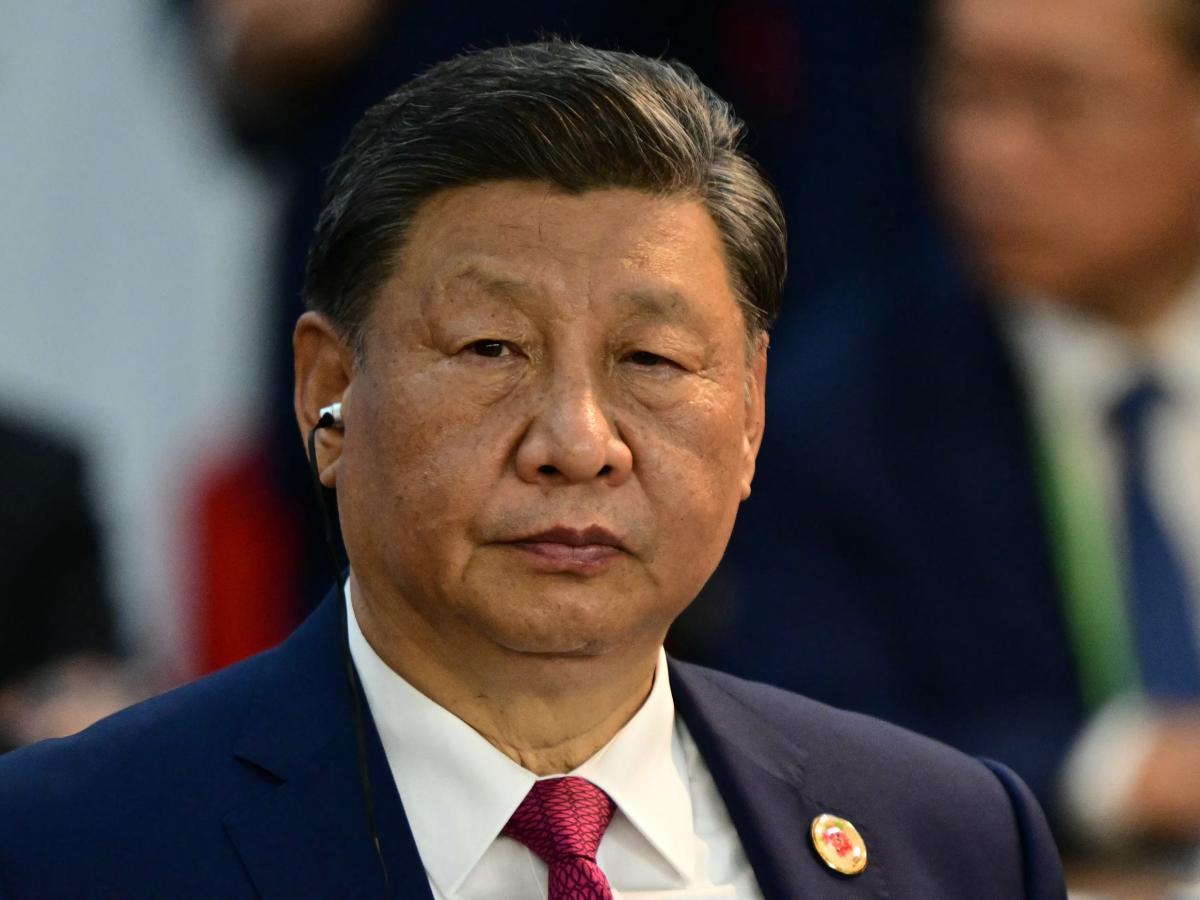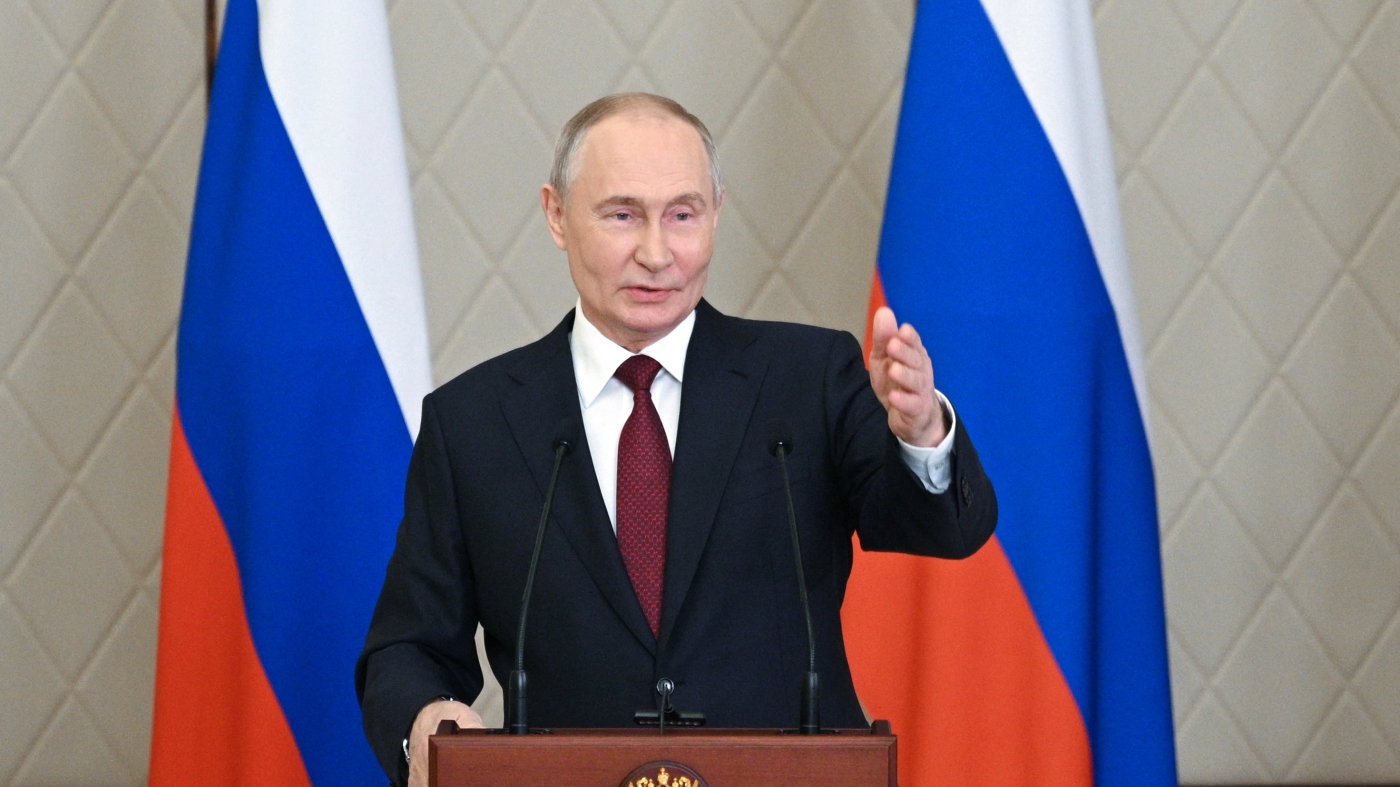
Wellington:
Indigenous “Haka” chants boomed across New Zealand’s capital Wellington, as tens of thousands of people rallied against a bill that critics say would alter the core of the nation’s founding treaty and dilute the rights of Maori people. The Hikoi mo te Tiriti march began ten days ago in the country’s far north, where bare-chested men draped in traditional feather cloaks along with horse riders waving the red, white and black Maori flags, marched towards the capital in one of the country’s biggest protests in recent decades.
The hikoi march culminated outside New Zealand’s Parliament on Tuesday, where an estimated 35,000 people demonstrated, calling for lawmakers to reject the Treaty Principles Bill– introduced by the libertarian ACT New Zealand party earlier this month. The bill reportedly seeks to redefine the Treaty of Waitangi – an agreement between the British and many, but not all, Maori tribes in 1840 that covers issues including land and cultural rights.
Although the legislation has almost no chance of passing as most parties in the island nation have committed to voting it down, its mere introduction has triggered a political upheaval in the country and reignited a debate on Indigenous rights.
Maoris And Their History In New Zealand
The Maoris are considered the original settlers of the two large islands now known as New Zealand. They reportedly came from East Polynesia 1300s on canoe voyages and settled on the then-uninhabited islands. Over centuries, they developed their own distinct culture and language. As of today, they are spread throughout New Zealand as part of different tribes.
The Maoris called the two islands where they resided Aotearoa. British colonisers, who took control of the islands in 1840 under the treaty, renamed it New Zealand. New Zealand gained independence from the Britishers in 1947.
Treaty of Waitangi
As the British Crown took control of New Zealand, it signed the Treaty of Waitangi (also called Te Tiriti o Waitangi or just Te Tiriti)– the founding document with around 500 Maori chiefs, or rangatira.
As per a report by Al Jazeera, the document was originally presented as a measure to resolve differences between the Maori and the British. However, the English and te reo versions of the treaty feature some stark differences, because of which Maoris reportedly continued to suffer injustice in New Zealand even after independence.
As per the reo Maori version of the treaty, Maori chiefs have “rangatiratanga” or “self-determination”, which gives Maori people the right to govern themselves. However, the English translation says Maori chiefs “cede to Her Majesty the Queen of England absolutely and without reservation all the rights and powers of Sovereignty”, according to the Al Jazeera report.
However, the English version does give Maoris “full exclusive and undisturbed possession of their Lands and Estates Forests Fisheries”. Despite that, by the time New Zealand gained independence, 90 per cent of Maori land was reportedly taken by the British Crown.
In 1975, the government formed the Waitangi Tribunal, a permanent body to adjudicate treaty matters. The tribunal reportedly tried to remedy treaty breaches and navigate differences between the treaty’s two texts.
The Treaty Principles Bill
As per the official data, currently, there are 978,246 Maori in New Zealand, constituting around 19 per cent of the nation’s 5.3 million population. The Te Pati Maori, or the Maori Party, represents them in Parliament and holds six of the 123 seats there.
MP David Seymour, who is a Maori himself, introduced the Treaty Principles Bill in Parliament. He is a member of the ACT Party, a minor partner in New Zealand’s coalition government. Mr Seymour has long railed against affirmative action policies designed to help Maori.
As per Mr Seymour’s party, the Treaty of Waitangi has been misinterpreted for decades leading to the formation of a dual system for New Zealanders, where Maori are given special treatment. The Treaty Principles Bill seeks to end the “division by race”, by giving specific definitions to the treaty’s principles. These principles would then be applied to all New Zealanders, whether Maori or not.
Incumbent Prime Minister Christopher Luxon has voiced his opposition to Seymour’s bill, meaning it is all but doomed to fail when it comes to a parliamentary vote. But former conservative prime minister Jenny Shipley said just putting it forward threatened to “divide New Zealand in a way that I haven’t lived through in my adult life”.
Why Is The Bill Controversial?
After the bill was presented for debate in parliament last week, 22-year-old Maori Party MP Hana-Rawhiti Maipi-Clarke ripped it in half and launched into a haka. The visuals of her demonstrations were widely shared on social media sparking one of the largest Maori demonstrations in New Zealand’s recent history.
Many critics of the bill — including some of New Zealand’s most respected lawyers — see it as an attempt to strip long-agreed rights from the country’s Maori population.
“It’s not the best way to have a conversation. We will not accept unilateral change to a treaty that involves two parties,” Ngira Simmonds, a key advisor to New Zealand’s Maori queen, told news agency AFP.
“There is a better way,” he added.


